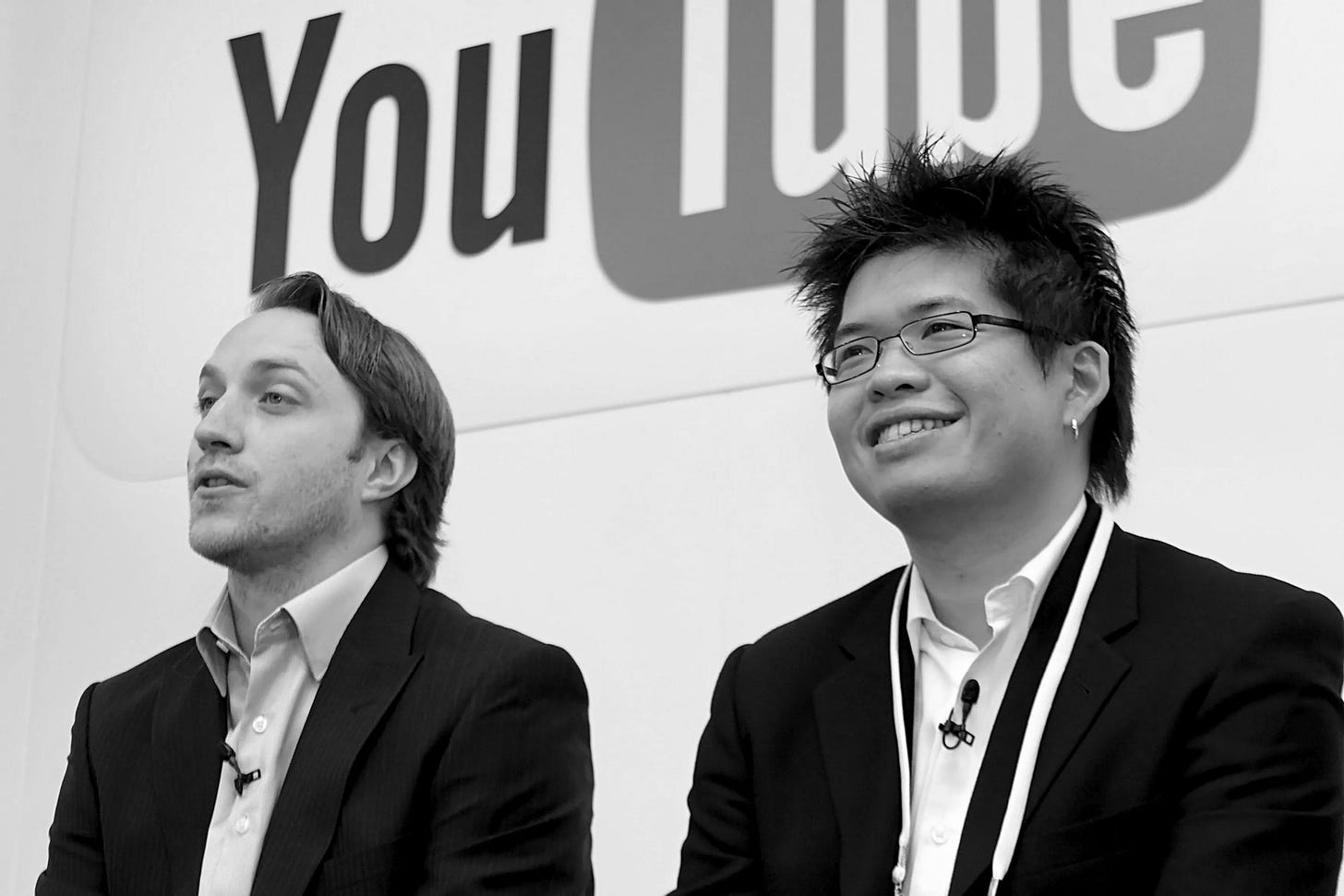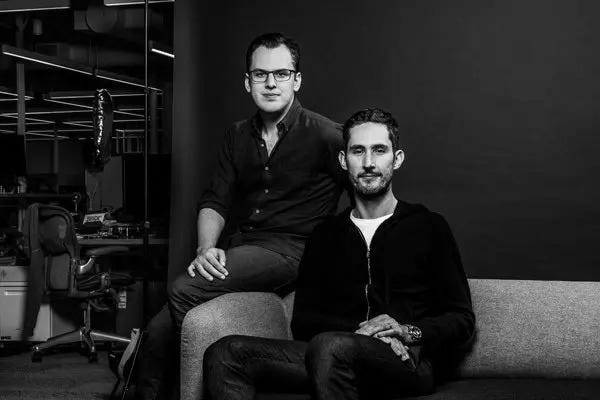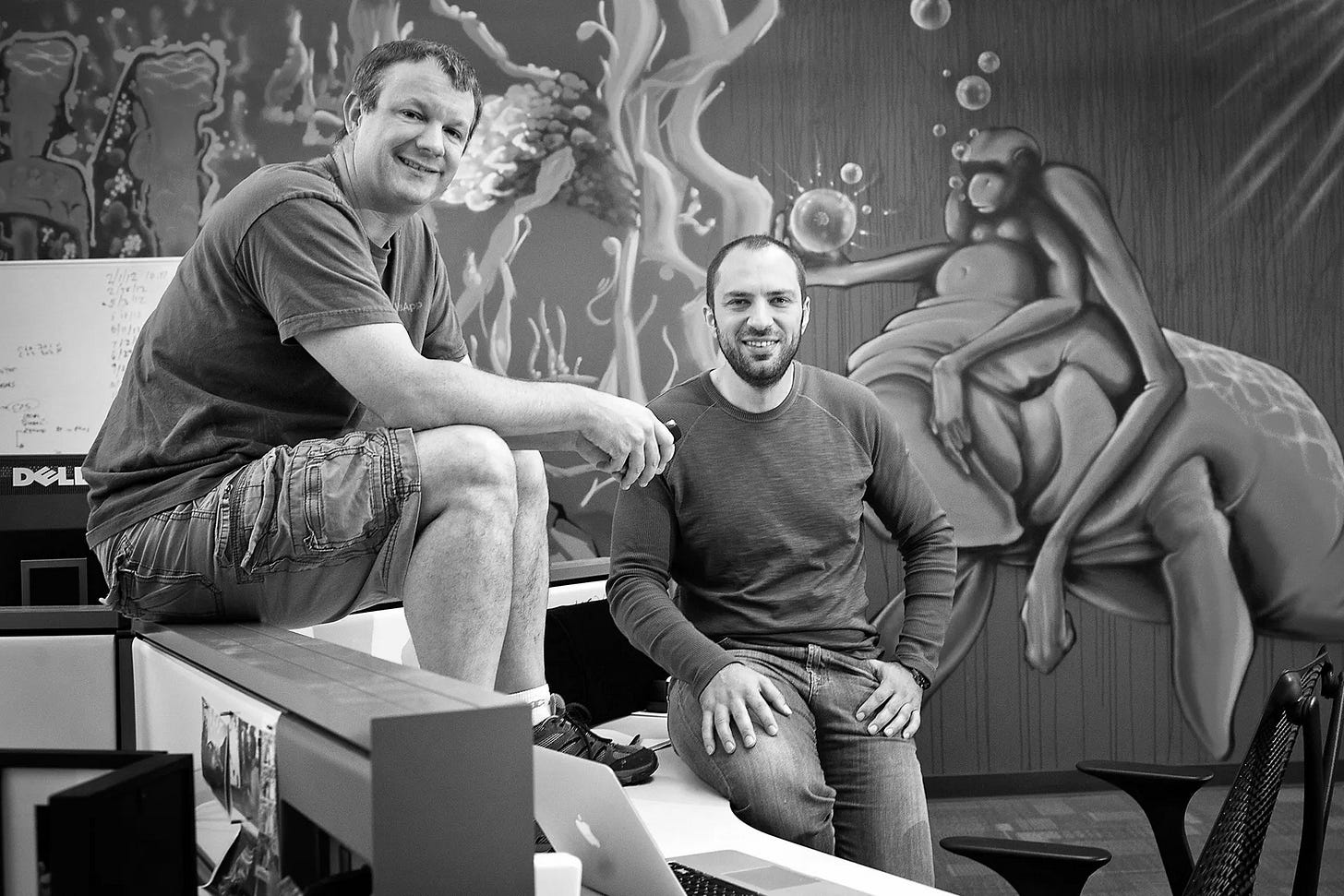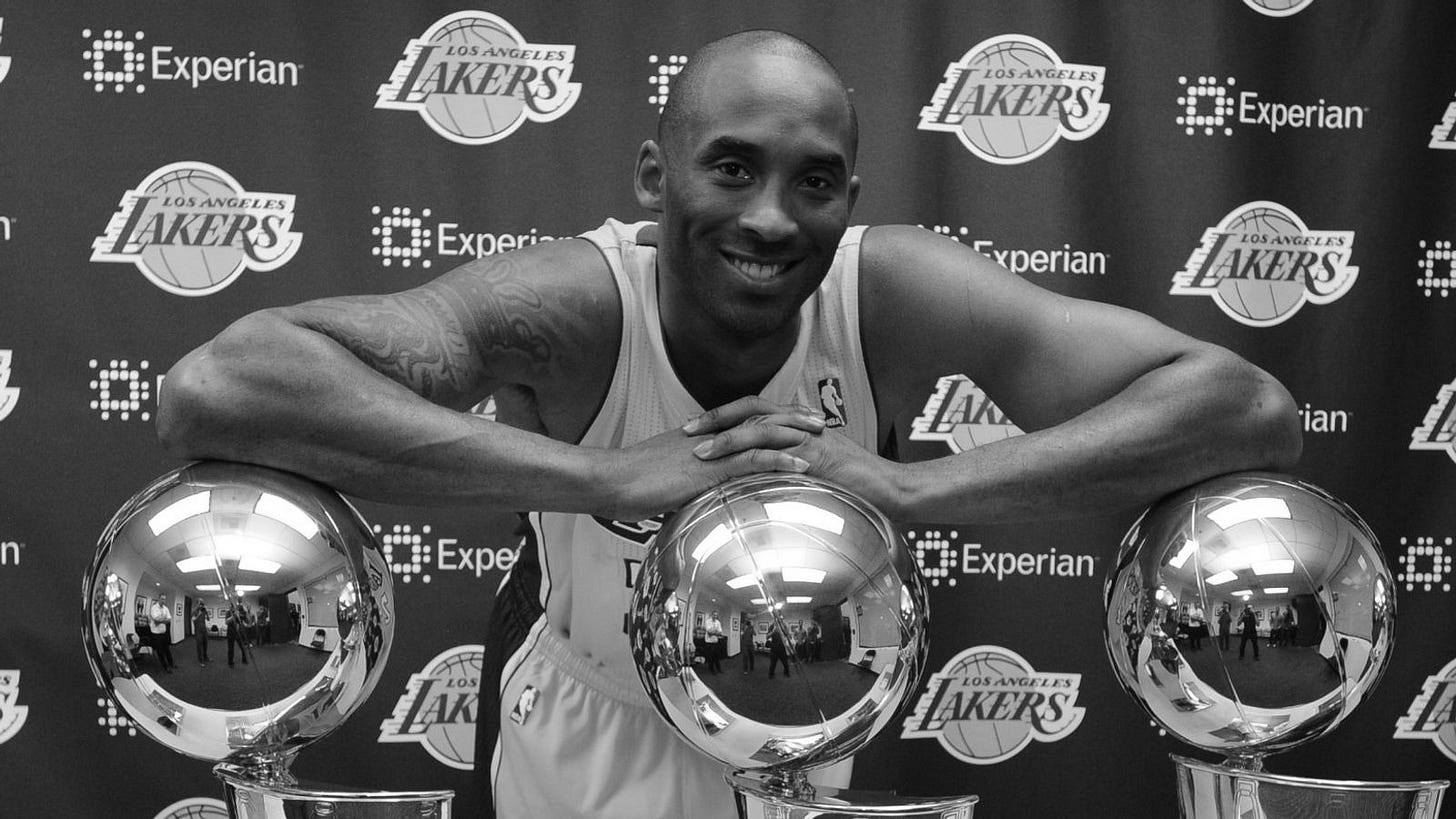Best Buys
can't buy your way into this winner's circle.
According to the Kauffman Foundation, 65% of startups lose money for investors.
According to CB Insights, 70% of tech startup acquisitions fail to produce positive outcomes for the buyer.
This is a memo about the rare few that beat both odds.
The Best Buys.
Instagram was founded by Mike Krieger and Kevin Systrom in 2010. They raised a $500,000 seed round from a16z and launched the platform in October 2010.
The rest was history.
Instagram hit 1 million users in just three months.
In early 2011, Systrom and Krieger raised a $7M Series A from Benchmark that valued the company at around $20M.
Growth continued to explode, and by the end of 2011, the company had 14 million users.
Around April 2012, Instagram raised a $50M Series B at a $500M valuation led by Sequoia Capital.
This is where things get flashy.
The day when Instagram was to announce their new fundraising round, the company did a pump fake and decided to surprise everyone - including their new investors - with the news that Facebook was acquiring Instagram for $1B.
Series B investors - Sequoia, Thrive Capital, Greylock - saw their money double literally a day after it left their accounts.
The acquisition was for $300M in cash and the rest in Facebook stock.
Series A investors saw a 50x return in just one year.
The seed investment went into a16z’s trophy room as one of their best investments ever - yet ironically too small to return their fund. Funnily enough, the Instagram founders barred a16z from investing in the Series A/B rounds because the fund invested in two Instagram competitors during the same timeline. Baseline Ventures, a co-investor in the seed round, turned $250,000 into $120,000,000. Absolutely incredible.
Instagram’s story truly starts post acquisition.
At the time, Facebook was ridiculed for doling out a billion to buy a photo sharing app that wasn’t generating any revenue.
Zuck had the last laugh - Instagram now has 2 billion monthly active users and rakes in roughly 25% of Meta’s revenue (~$45B+).
Might be the best buy of all time.
WhatsApp was founded by Jan Koum and Brian Acton, two Yahoo engineers, in 2009. The original idea was to build an app that would show the status of people’s contacts. This was when everyone was buying iPhones, and Koum thought that knowing which contacts were at work or on a call could be valuable.
WhatsApp saw very little traction initially.
Then iPhone released push notifications and people could see WhatsApp status changes without logging into the app. This was a turning point for the startup.
Both founders decided to start working on WhatsApp full-time, and they raised an angel round from some colleagues at Yahoo. By the end of 2009, they amassed 250,000 users on the platform.
In 2010, WhatsApp’s growth took off after releasing an Android version as well - nearly 10 million people were using WhatsApp by the end of the year.
Sequoia Capital wrote an $8M check at a $53M valuation in 2011.
Just two years later, the company experienced rapid growth, ballooning to 200M users.
Sequoia wrote a $50M check at a $1.5B valuation in 2013.
The next year, Facebook acquired WhatsApp for $19B, and Sequoia’s $58M investment turned into $2.8B+.
WhatsApp now has over 2B users globally, and next to Instagram, it’s one of Meta’s trophy pieces.
Facebook’s acquisition strategy needs to be examined closely.
You can’t tell the story of YouTube without talking about PayPal.
YouTube was founded by Chad Hurley, Steve Chen, and Jawed Karim in 2005, all members of the PayPal Mafia, who worked with guys like Reid Hoffman, Elon Musk, and Peter Thiel.
The trio was interested in creating a “digital video repository” that anyone could upload videos to.
Unlike WhatsApp, the guys raised money early on in the journey.
Their potential investor was none other than former PayPal CFO, Roelof Botha, who was an investor at Sequoia during 2005.
The deal ended up closing ($3.5M check), and Roelof joined the YouTube board of directors in November 2005.
In April 2006, Sequoia doubled down with a $8M check in the Series A round.
YouTube was acquired by Google for $1.65B in October 2006.
At the time, YouTube was Google’s second largest acquisition.
Sequoia flipped $11M into more than $500M in less than a year.
The $1.65B price tag for YouTube was highway robbery.
YouTube generates $30B+ in revenue each year…






